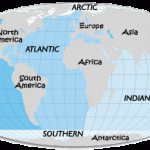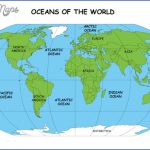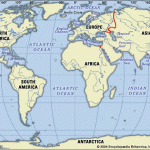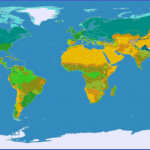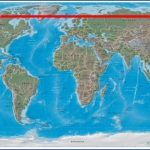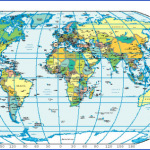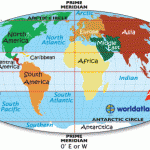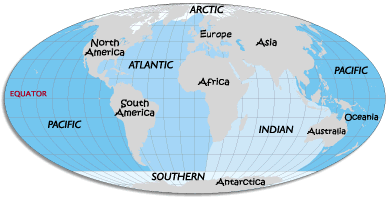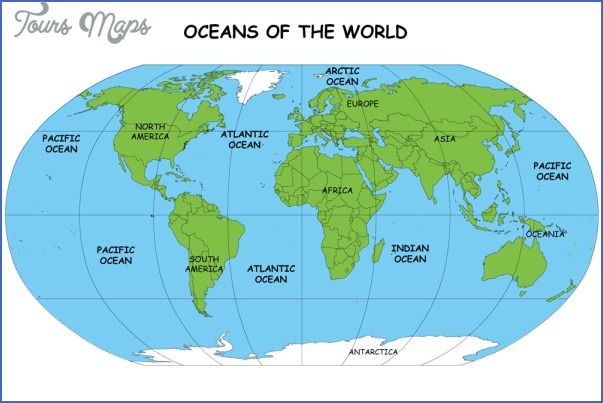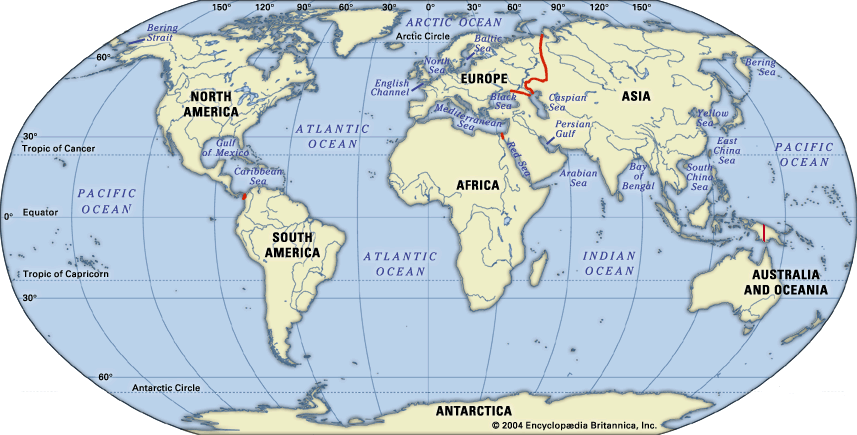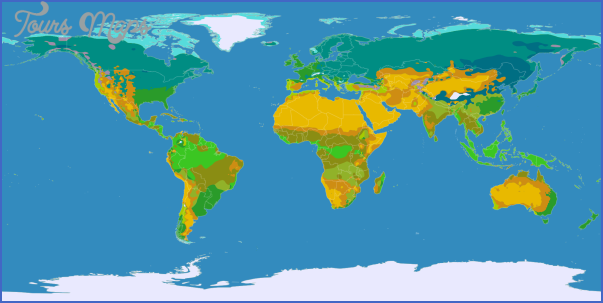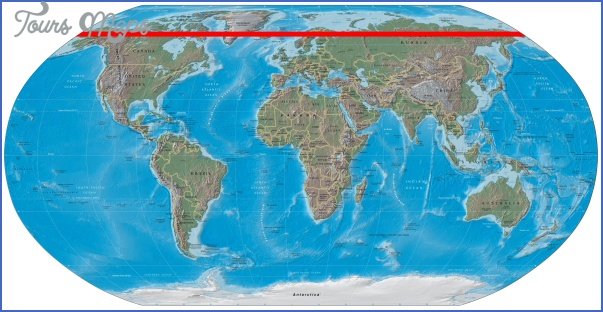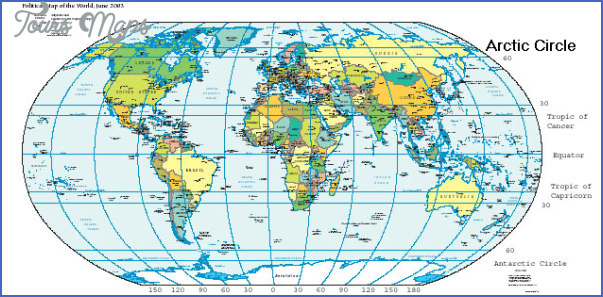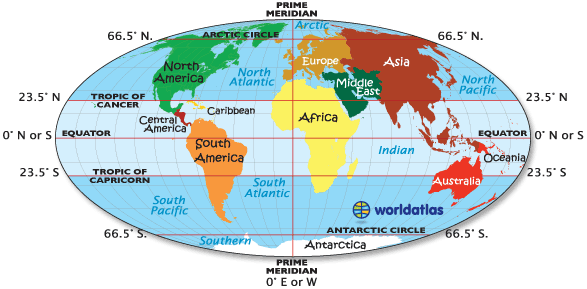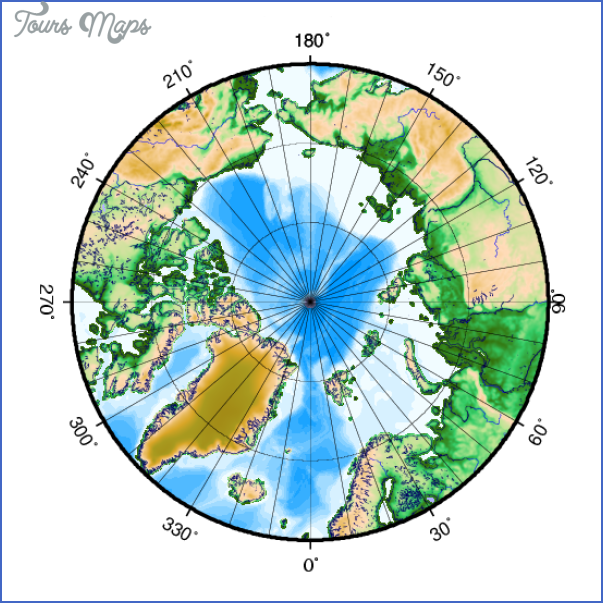Stromness Bay. Three months later, arriving by 30 August, Shackleton returned to Elephant Island to rescue his entire crew, not losing one; a survival record totalling 590 days on the ice and in open lifeboats. It’s not difficult to imagine how ecstatic they were to see him. This is certainly considered to be one of the foremost feats of seamanship ever accomplished. His recorded stark statement afterwards surely says it all, ‘We reached the naked soul of man.’
World Map Arctic Photo Gallery
This legendary adventure story and rescue was to prove an enduring legacy which has rightfully established Shackleton’s Antarctic role. Another epic sea journey of that magnitude which also springs to mind is that of Captain Bligh (captain of the HMS Bounty) in April 1789. Bligh survived after being set adrift with a small loyal crew in an open boat, by his first mate, Fletcher Christian. He then navigated and sailed for more than 5,800 km to Timor. Captain Bligh’s probably well-deserved, harsh reputation (although they were very harsh naval times) has generally eliminated this remarkable feat as being eligible for similar heroic consideration. Shackleton was to make one more unsuccessful attempt to reach the South Pole, but is mostly acclaimed because of his incredible perseverance and the fact that he never personally lost any of his men.
One of Scott’s own scientists, Sir Raymond Priestley, actually remarked, ‘As a scientific leader give me Scott; for swift and efficient polar travel, Amundsen; but when things are hopeless and there seems no way out, get down on your knees and pray for Shackleton.’ Of all three, Shackleton above all exemplifies the tenets of Zen in his character. He carried with him at all times the three great attributes of Zen, particularly the fierce tenacity of purpose, which Scott probably abandoned after his crushing defeat at the Pole.
Scott’s flag, handmade in silk by his wife Kathleen, bearing the sewn words, ‘Stretched wings towards the south,’ was auctioned in 1999 at Christie’s and fetched £36,000. Shackleton’s Royal Standard fetched £65,000. They will always be remembered and honoured. All three explorers died young. Scott was only 44 when he perished in Antarctica, Shackleton just 48 when he collapsed and died in South Georgia. Amundsen was 56 when he died in a plane attempt to rescue the Arctic adventurer Umberto Nobile, despite the enmity that had eventually developed between the two men who had earlier been flying colleagues.
Strangely, after Scott, the South Pole wasn’t visited again until 31 October 1956. On that date, Admiral George Dufek and several US Navy crew landed in a ski-equipped R-4D aircraft in order to survey the area in the anticipation of a research station being established. Construction of the original South Pole Station began in November and was completed by February 1957. A new station was subsequently conceived and it replaced the first one in February 1975.
Maybe You Like Them Too
- Top 10 Islands You Can Buy
- Top 10 Underrated Asian Cities 2023
- Top 10 Reasons Upsizing Will Be a Huge Travel Trend
- Top 10 Scuba Diving Destinations
- World’s 10 Best Places To Visit

